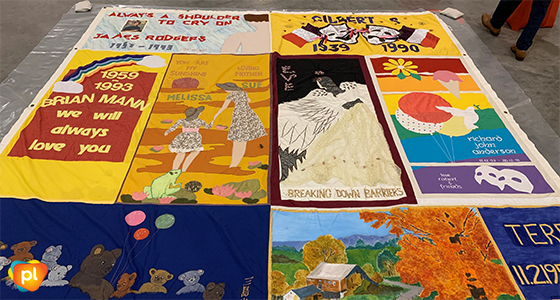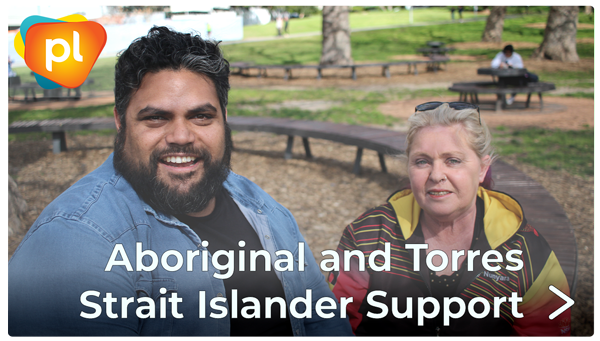
I recently attended a Positive Life NSW Peers Connect Online! ‘Special Event’ where a panel of peers living with HIV discussed the significance of the long-running Candlelight Memorial, held on the third Sunday of May every year.
Five panel members shared what the Candlelight Memorial means to them personally and reflected on the relevance to the Body Positive community here in NSW. After the panel, the discussion was opened up for questions and further reflections. I found the experience very moving and I’ve collated some of the thoughts from the evening, tried to capture the essence of their words and added a few of my own.
The Candlelight Memorial is a time to gather together and remember, grieve and honour the lives of those who have been taken by HIV/AIDS. It is a time to reflect on the collective struggles and the individual hardships faced by those who were there from the beginning of the epidemic. It is also a time to remember the role that allies played during those times, such as nuns, loved ones, family and friends, and to acknowledge the significant difference that they made.
The International AIDS Candlelight Memorial was first held in San Francisco in 1983 by people living with HIV. From those early days, the Candlelight Memorial has grown to be one of the world’s oldest and largest grassroots campaigns for HIV awareness. Each year, our communities come together to respect, honour, and mourn the loss of our loved ones.
These grassroot beginnings of the Candlelight Memorial showed the power of peers in times of grief and the value of the communal grief process. The sharing of grief was an important aspect of the memorial, as it was not always possible to grieve openly in the early days, due to the enormous fear that gripped society.
The Australian AIDS Memorial Quilt, first launched in 1988 in Sydney, is an everlasting memorial to those lost to HIV/AIDS. Each quilt panel, roughly the size of a human grave, bears individual names in tribute on personalised quilt panels, which are stitched together to form a quilt. Many of these individual quilts form the Australian AIDS Memorial Quilt. The communal process of making the segments and panels to form the whole quilt is the physical embodiment of the community uniting in grief. The Memorial Quilt is currently housed at the Museum of Applied Arts & Sciences, Museum Discovery Centre at Castle Hill.
As part of the memorial ceremony, the tradition of a roll call, where the names of those who have passed are read aloud, is still one that honours and respects partners, friends and family who have died from HIV/AIDS. The tradition calls to mind military traditions of remembrance of those who died in battle, albeit on a very different battlefront.
Panel member Natasha spoke of the comfort in remembering loved ones on the list, which community member Antonio said, can feel “like they are still in the room”. Some nicknames read from the list are amusing and even if we didn’t know them personally, it gives us a flashing glimpse into their life and their sense of humour. All are remembered for who they were, as ordinary people with no judgement.
As another panel member Freddy remarked, the roll call can also be seen as quite an “ordinary process of ordinary people reading out names on a list,” and yet those named were far from ordinary. The roll call honours their lives for both their personal struggles and their role in the fight for treatments and medications, for rights, recognition and acceptance.
Panel member Paul observed, the Candlelight Memorial is “a gathering of the tribe” with a powerful sense of community and belonging.
As I listened to my peers reflecting on this solemn occasion on the HIV calendar, I could see there was no single significance of the memorial. I realised that it is our diversity that ensures that the Candlelight Memorial will always have a different personal significance for each of us. Some of us are long-term survivors and others have no personal connection to those who are being remembered, yet we can identify with parts of their stories. Others of us have had quite different experiences altogether, with only the memorial connecting us as people living with and affected by HIV.
As Freddy said, “It’s not about your status.” The memorial is a place where you “need no explanation” and a place to show how “you are a part of the bigger fabric.” Even in this online forum, I could almost feel the ambience of warmth, caring and love that people at the Candlelight Memorial sense.
As Natasha said, “You are not on your own” but in a place to share the path for a while with others who have had similar experiences and who understand.
The Candlelight Memorial reminds us of our history, the Quilt is our heirloom and the list is our legacy.
A panel of the Australian AIDS Memorial Quilt at the
2020 World AIDS Day celebration, Sydney Australia







